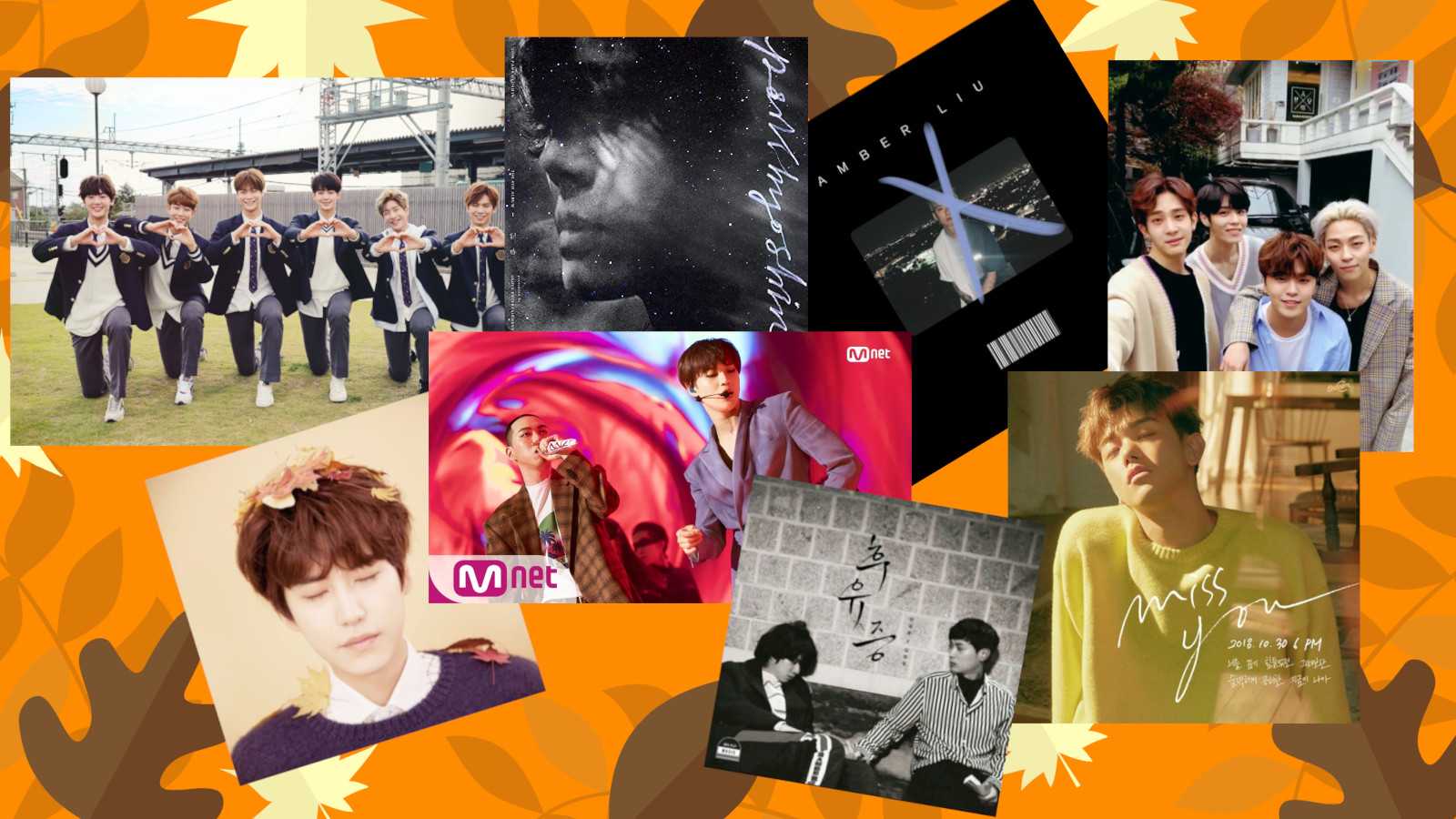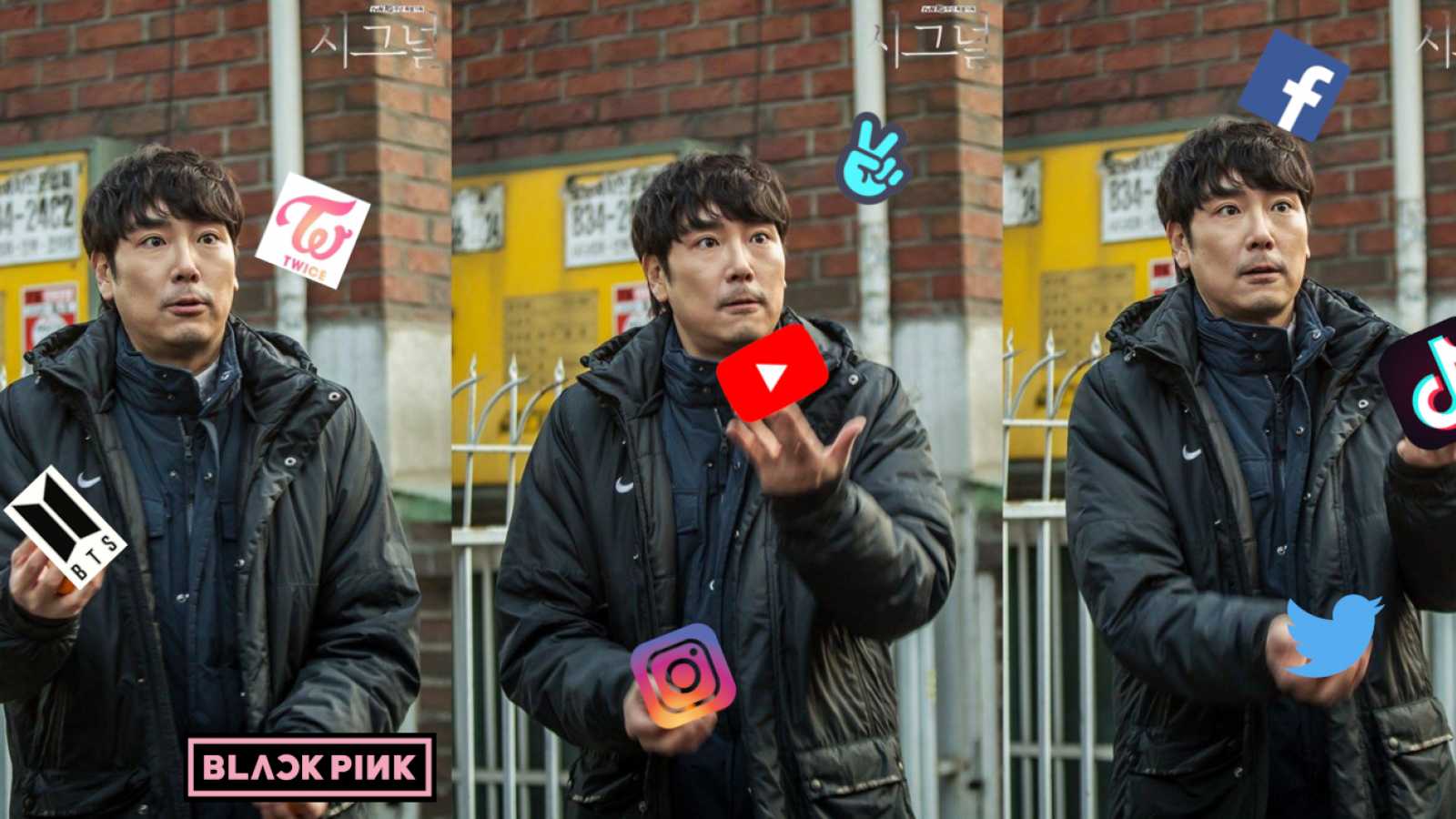Miyazawa Kazufumi, the founder of THE BOOM, grew up in Kofu. He is also the lyricist and composes all the songs. He has also appeared in TV commercials as well as contributing vocals to the band HEATWAVE. Kobayashi Takashi, another Kofu native, dropped out of Tokyo Photography College long before his musical career. Yamakawa Hiromasa graduated from the same college also long before starting his career with the band. Before his place in THE BOOM, Yamakawa was the bassist for the 80's band HEATWAVE and then became a support member for sequential tours and releases. Tochigi Takao hails from Chiba and is slightly older than each of the other members. He graduated from the Faculty of Engineering in Chiba University.
In November 1986, the four friends started as a hokoten street band in Tokyo. The term "hokoten" is an abbreviation of “hokousha tengoku,” meaning a “pedestrian paradise.” Parts of the street are closed off to traffic to allow pedestrians to peruse the street for recreational actives, for musical events and open market stalls, a little like a Saturday or Sunday market. After a few street performances the band grew in popularity and Sony soon signed a record deal with them. In 1989, the quartet debuted with their first single, Kimi wa TV kko on May 21.
From the moment Miyazawa visited Okinawa, it inspired him to compose several songs sung in Uchinaguchi, one of the Ryukyuan languages native to the clusters of main islands within Okinawa. Miyazawa would later release an album entirely comprised of Okinawan inspired songs, some of which include Shima Uta and Kaze ni Naritai, among others. 1992 brought the first of the ‘Okinawan’ inspired pieces: the ever-popular Shima Uta. Following its release, Shima Uta (Uchinaguchi Version) reached 14th on the Oricon charts. Six months later, THE BOOM followed up with Shima Uta (Original Version), sung in standard Japanese and released nationwide. Gaining further exposure and reaching the hearts across the nation, Shima Uta (Original Version) exceeded the popularity of the previous single and reached fourth place on the Oricon charts, selling 150 million copies. On December 13, 1993, THE BOOM had the chance to perform on “Kouhaku Uta Gassen,” a TV show.
At the start of 1994, THE BOOM took a small break amidst their success. Yamakawa changed his nickname from YAMA to YAMI. Miyazawa changed his name to MIYA, and formed the unit MIYA&YAMI. The two went on tour with Jamaican artist Yami Bolo in January 1994 and two months later on March 21, released Kami-sama houseki de dekita shima as a re-release of popular 1992 favorite, Shima Uta.
Towards the end of 1994 and onward into 1995, THE BOOM released another new single, Kaze ni Naritai, another Okinawan-inspired track. Kaze ni Naritai was featured on their sixth album, released in November 1995, titled Kyouku tou samba. THE BOOM then went on a tour to promote the album.
In celebration of the 50th anniversary of the end of the Battle of Okinawa in 1995, THE BOOM appeared at Shin's 3000 – Symphony in the Sky, an event sponsored by Naha City. The following May, the quartet performed for their first time in Brazil. Then in June, THE BOOM released their seventh album, TROPICALISM -0°. Later that month, the band went on tour to promote the album, with the tour ending on December 19, 1996.
On July 6, THE BOOM performed at Viva Afro Brasil '97 in Germany and four days later, in Montreux, Switzerland for the Montreux Jazz Festival. After their performance at the Montreux Jazz Festival, the band went on a short break until the end of 1998, where they came together again to work on a new album which was released the following year in December.
In 2001, the single Kami-sama houseki de dekita shima/shima uta was yet again revived and re-released on May 10. Brazilian artist Alfredo Casero remixed Shima Uta and said remix was used as the theme for the 2001 FIFA World Cup. Because of the popularity of the song, both Alfredo Casero and THE BOOM appeared again on the New Year's four-hour special, “Kouhaku Uta Gassen.” An album completely composed of Okinawa-inspired work, Watashi no shima OKINAWA~~ was later released in 2002. Another single, Kaze ni Naritai (Sambo Novo) , was used for a J-Phone commercial. Following this release, each member pursued solo activities and/or supported members for other bands, aside from THE BOOM.
Miyazawa joined GANGA ZUMBA in 2006 and released two mini albums, HABATAKE! and DISCOTIQUE. In June 2006, GANGA ZUMBA released the single, Shego areguria!~Kanki no Samba~ with the third track of the single being a cover of Kaze ni Naritai, originally performed by THE BOOM. Kimi wa mirai from the double A-side single, Ashiato no nai michi/ Kimi wa mirai was featured in a commercial.
In 2009, THE BOOM revived its activities. They simultaneously released the single All of Everything / All of Everything and the best-of album 89-09 THE BOOM COLLECTION 1989-2009 under FIVE D plus, a sub-label of Avex. THE BOOM went on their THE BOOM 20th ANIVERSARY LIVE TOUR 2009 -My Sweet Home- and released a new album, Quartet.
The year 2010 brought a collaboration with Yuu from GO! GO! 1788, featuring Machida Mashiro, the guitarist from 100s and Miyazawa who recorded the song Blue Sunset. On September 29, THE BOOM released their 32nd single containing the aforementioned song. The B-side, Hoshi no Love letter (BOOMANIA LIVE VERSION) features a collaboration with MINMI and PETER MAN and is a remake of THE BOOM's second single version, Hoshi no Love letter, from 1989.
Despite the breaks throughout THE BOOM's career, the band has maintained its original members. Fans of their work will be anticipating their next release.




